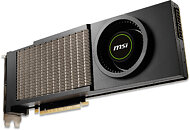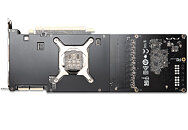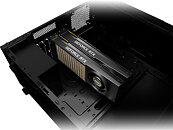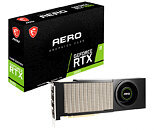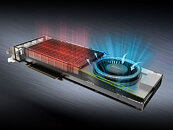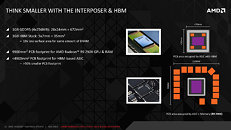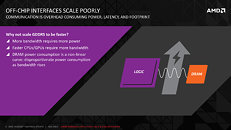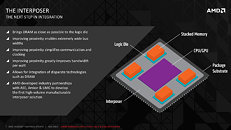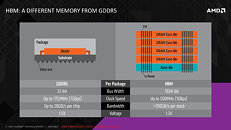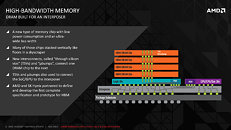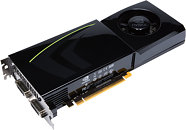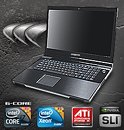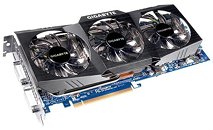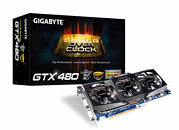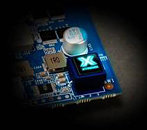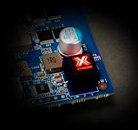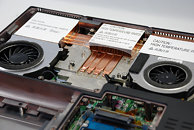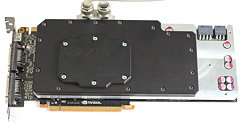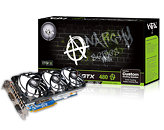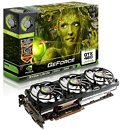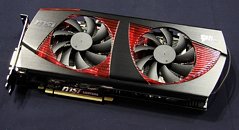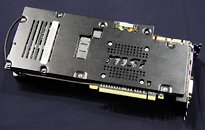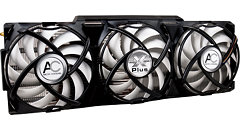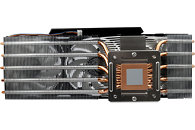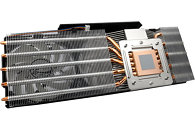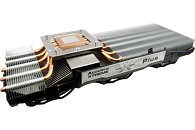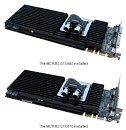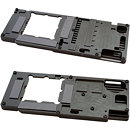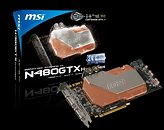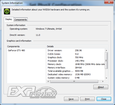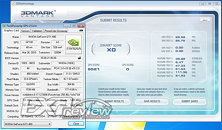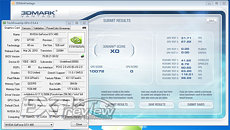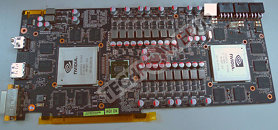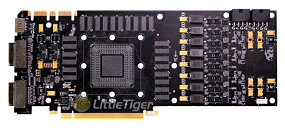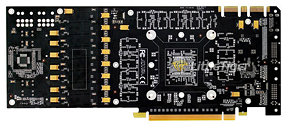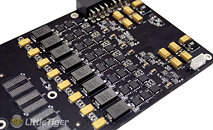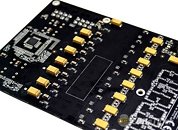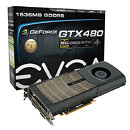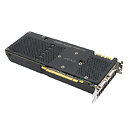
MSI GeForce RTX 3090 AERO is a Throwback to the GTX 480 "Fermi"
MSI today unveiled the GeForce RTX 3090 AERO, the latest in the crop of RTX 3080 and RTX 3090 graphics cards with rear-venting lateral airflow coolers, such as the ASUS RTX 3090 Turbo OC and the GIGABYTE RTX 3090 Turbo, targeting environments with restricted airflow (such as rendering farms). The MSI RTX 3090 AERO strongly resembles the reference-design of NVIDIA's GeForce GTX 480 "Fermi."
The card's blower guides air-flow laterally through an aluminium fin-channel heatsink that isn't hidden underneath a cooler shroud, but rather extends all the way out to the thickness of the card, with its top-plate having some finnage of its own. Much like the ASUS card, the MSI AERO uses two 8-pin PCIe power connectors that are located its tail-end, rather than at the top. Only half of the card's reverse side is covered by a back-plate, meant to cool the memory chips located there. The other half is bare PCB. This has been done to make it easier for an adjacent card to breathe. The card otherwise sticks to NVIDIA-reference clock-speeds for the RTX 3090. The company didn't reveal pricing.
The card's blower guides air-flow laterally through an aluminium fin-channel heatsink that isn't hidden underneath a cooler shroud, but rather extends all the way out to the thickness of the card, with its top-plate having some finnage of its own. Much like the ASUS card, the MSI AERO uses two 8-pin PCIe power connectors that are located its tail-end, rather than at the top. Only half of the card's reverse side is covered by a back-plate, meant to cool the memory chips located there. The other half is bare PCB. This has been done to make it easier for an adjacent card to breathe. The card otherwise sticks to NVIDIA-reference clock-speeds for the RTX 3090. The company didn't reveal pricing.
